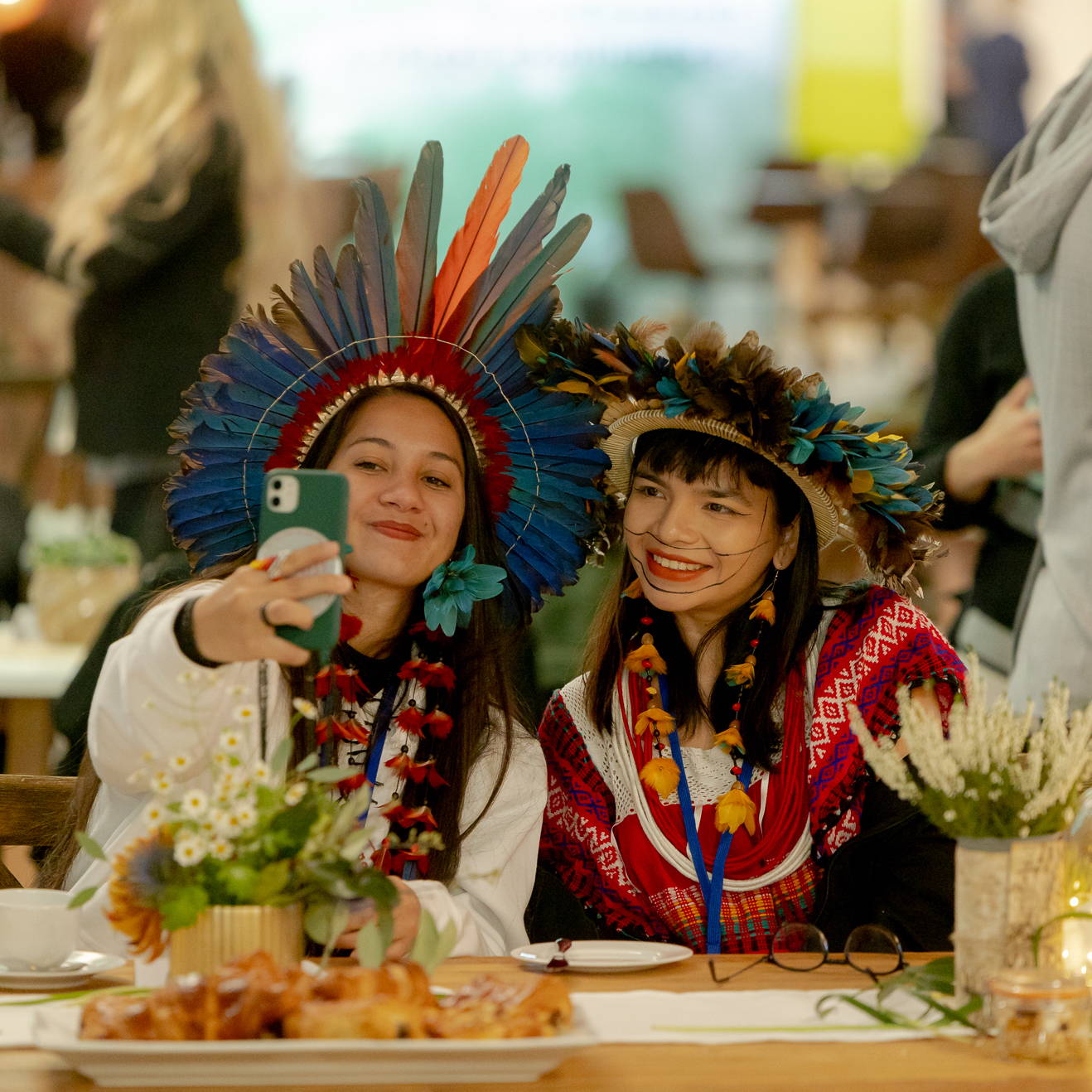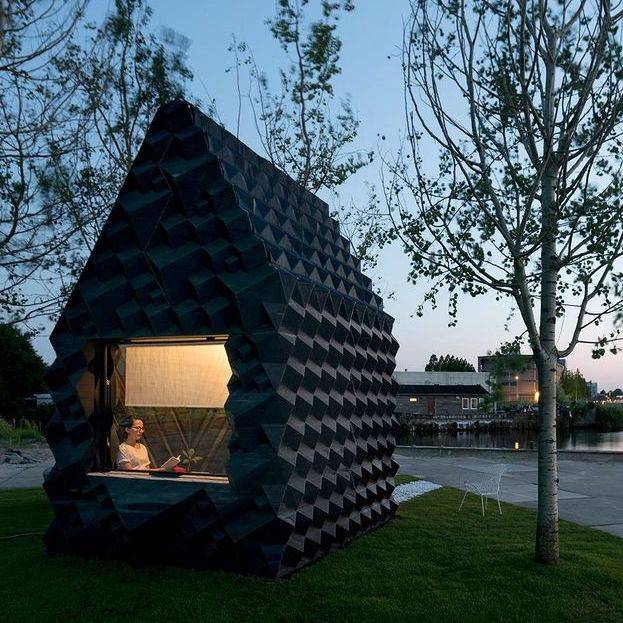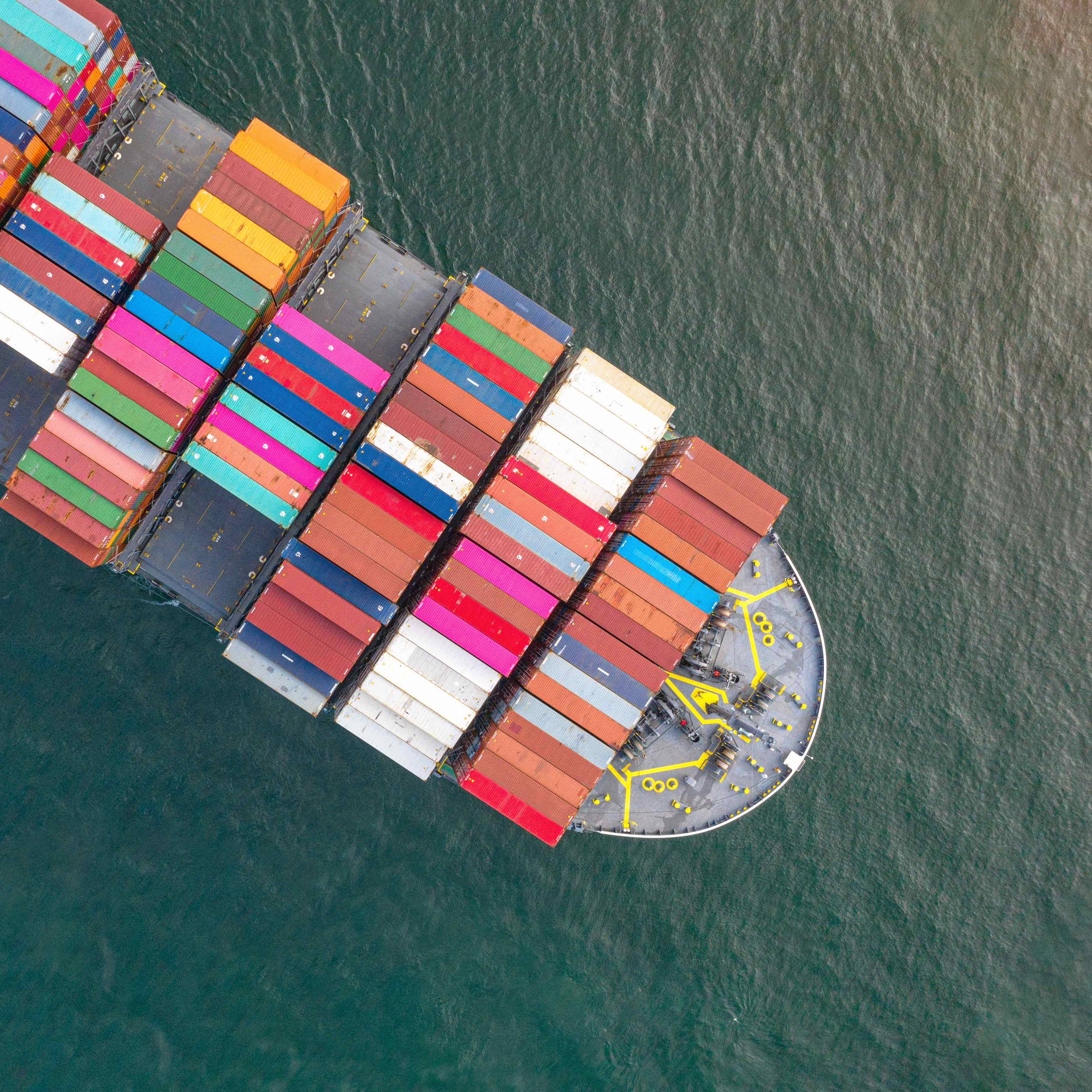
Goal 13: Climate Action
17 Ways To Solve The Climate Crisis
All of the Sustainable Development Goals can play their part in halting Earth’s environmental emergency. Here's how.
By hannah rochell
21 July 2022
If 2021 was all about bringing the climate crisis to the global stage, with COP26 taking place in Glasgow and climate strikes happening all over the world, this year is going to focus on the solutions we need to implement right now in order to deal with the emergency we all face. Thankfully, humankind already has all the tools it needs to combat climate change - the key is to put them in place as soon as possible, or to expand on the success stories that are already making a difference.
From the climate youthquake to 3D printed schools, here are 17 Goal-led innovations we’re excited to watch.
Goal 1: Make micromobility affordable
Micromobility - that’s short-distance transport of less than five miles - has really taken off in cities all over the world, with bike sharing schemes and more recently, e-scooter hire. These projects not only help lower the number of cars on the road, which in turn improves air quality, but they also provide an affordable mode of reliable transport for those who cannot afford to buy an electric or person-powered vehicle of their own. The most sustainable method of micromobility is good old-fashion cycling; Newcastle’s Recyke Y’Bike provides second hand bicycles to vulnerable people like refugees, allowing them to travel across the city quickly and easily, rather than being forced to walk miles on foot when they can’t afford the train fare.
Goal 2: Eat insect protein
Farming insects, most commonly crickets, is becoming increasingly popular because it’s a low-impact method of producing protein. For example, a family of four would save 750 thousand litres of water if they switched to 50 grams of insect protein instead of meat one day a week for a year. But insects are also incredibly high in vitamin B12, so eating them could help with iron deficiency anaemia, which is one of the biggest nutritional health issues in the world.
Goal 3: Stay healthy with plant power
It’s well known that eating too much red and processed meat carries certain health issues, including an increased risk of bowel cancer. But meat production, most of all beef, has a huge impact on the environment because of the deforestation caused by clearing land to farm the animals (it's thought to be responsible for 36% of all agriculture-related forest loss), and the methane that those animals release when they burp. Which makes switching to a plant-based diet a win-win situation for both you and the planet: in fact, vegans and vegetarians are set to make up 25% of the UK population by 2025.
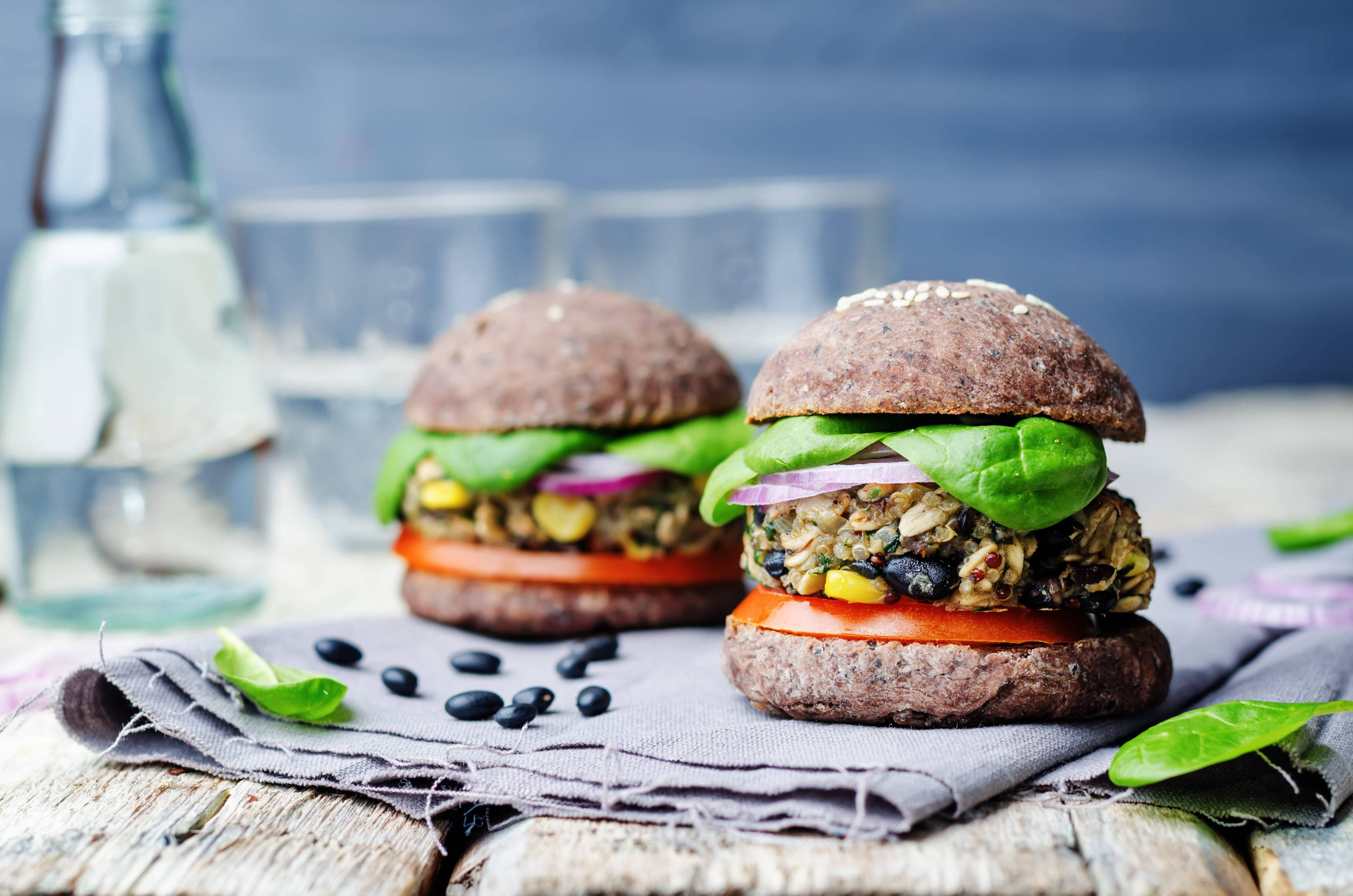
image: vegan burgers/Shutterstock
Goal 4: Add climate to the curriculum
According to a recent survey, 88% of people think that there is a more urgent need to teach students about climate issues than when they were at school, with more than half agreeing that it should be taught at primary school. The UN’s Climate Change Education for Sustainable Development programme aims to increase climate literacy amongst young people; this knowledge empowers them to take action and also helps to alleviate climate anxiety. Currently, nearly 60% of young people say they feel ‘very worried’ or ‘extremely worried’ about climate change.
Goal 5: Achieve gender equality
According to research by McKinsey, gender, ethnic and cultural diversity really matter when it comes to success, with the most diverse companies more likely to outperform their less diverse peers. It’s this theory at the forefront of the work done by She Changes Climate, a group formed in 2020 to counter the fact that at the time, just 15% of the COP26 leadership team was women. Its mission is to ensure that all future climate negotiations have at least a 50% representation of diverse women. Diverse teams are better at negotiation, get better results and can make more inclusive and balanced decisions because they are able to draw on wider knowledge bases and experiences, which can only be a good thing for us all.
Goal 6: Clean water with ‘nanojars’
Oceans and lakes sequester a third of the CO2 we release into the atmosphere, but absorbing too much of it makes water too acidic and causes havoc with the ecosystems that live in it. So what if you could put a tiny chemical ‘jar’ into water to collect and remove that carbon? A new development called nanojars does just that by extracting carbonate, as well as other pollutants, via a film formed that floats on top of the water. Once trapped in the film, the layer and pollutants can be removed, leaving water from lakes and rivers clean enough to drink. There are plans to scale up the method to be used in water treatment facilities.

image: Little Sun
Goal 7: Utilise the sun's energy
Harnessing the power that Earth naturally provides is absolutely key to achieving net zero by 2050. Here in the UK, our most reliable resource is the wind but elsewhere in the world, such as Africa, it’s the sun. Little Sun has been empowering communities in Africa with solar energy since 2012; we’re proud that for every #TOGETHER x Little Sun product that we sell, we will donate a solar-powered light to a child in sub-Saharan Africa to help them read books, do homework and take them to new exciting places.
Goal 8: Create jobs by recycling plastic
There is the equivalent of five grocery bags of plastic waste for every foot of coastline around the globe, endangering wildlife through ingestion and entanglement, and releasing microplastics into our water systems. Our #TOGETHERBOTTLEs are made by Ocean Bottle, and each one sold funds the collection of the equivalent of 1000 plastic bottles. Plastic collectors are paid above market rates through people-powered waste management, stopping plastic from entering our oceans while reducing poverty at the same time.
Goal 9: Print in 3D
There’s no doubt that 3D printing is solving problems in all fields, from medicine to education. Over 290 million students around the world do not have access to education due to overcrowding, long travel distances of up to 9 miles to the nearest school, or there being no school at all. In Madagascar, Thinking Huts is employing 3D technology to build them faster and more efficiently than traditional methods, using 50% less concrete and producing fewer CO2 emissions to erect schools in just a matter of days.

image: Samela Awiá and Txai Suruí at COP26/Carlo Paloni
Goal 10: Listen to Indigneous peoples
The voices we heard loud and clear at COP26 in Glasgow were those of Indigenous peoples. From Txai Suruí, an Indigenous activist of the Paiter Suruí people who made one of the conference’s opening speeches, to John Bonafacio from West Papua in Papua New Guinea, who stood alongside Greta Thunberg and Vanessa Nakate to address 30,000 youth climate activists in the city’s George Square. ‘Indigenous peoples live in 5% of the world but protect 80% of the world’s biodiversity,’ he said, showing how important these minority groups are when it comes to saving the planet.
Goal 11: Give old power houses some love
The most sustainable building is also the one that already exists. Demolition accounts for 10-12% of a building’s total emissions, which means updating and improving current buildings makes good environmental sense. In London, Battersea Power Station, whose famous four white chimneys used to spout coal-fired smoke, has been reimagined as apartments which are powered using an on-site Energy Centre that includes a thermal storage system to reduce overall emissions and only emits plumes of vapour. The project has also been careful to protect peregrine falcons which had been nesting at the derelict site since 2000; they have successfully fledged 18 juveniles since construction started.
Goal 12: Embrace the circular economy
More and more brands and companies are cottoning on to the wonder of the circular economy. In simple terms, that means designing out waste completely, and in order to be truly circular, a brand needs to take responsibility for the end of life of its products. Our zero waste phone cases do just that; made from linseed waste, when you’re finished with them they can either be sent back to be made into new products, or can be cut up and composted with your regular garden waste.
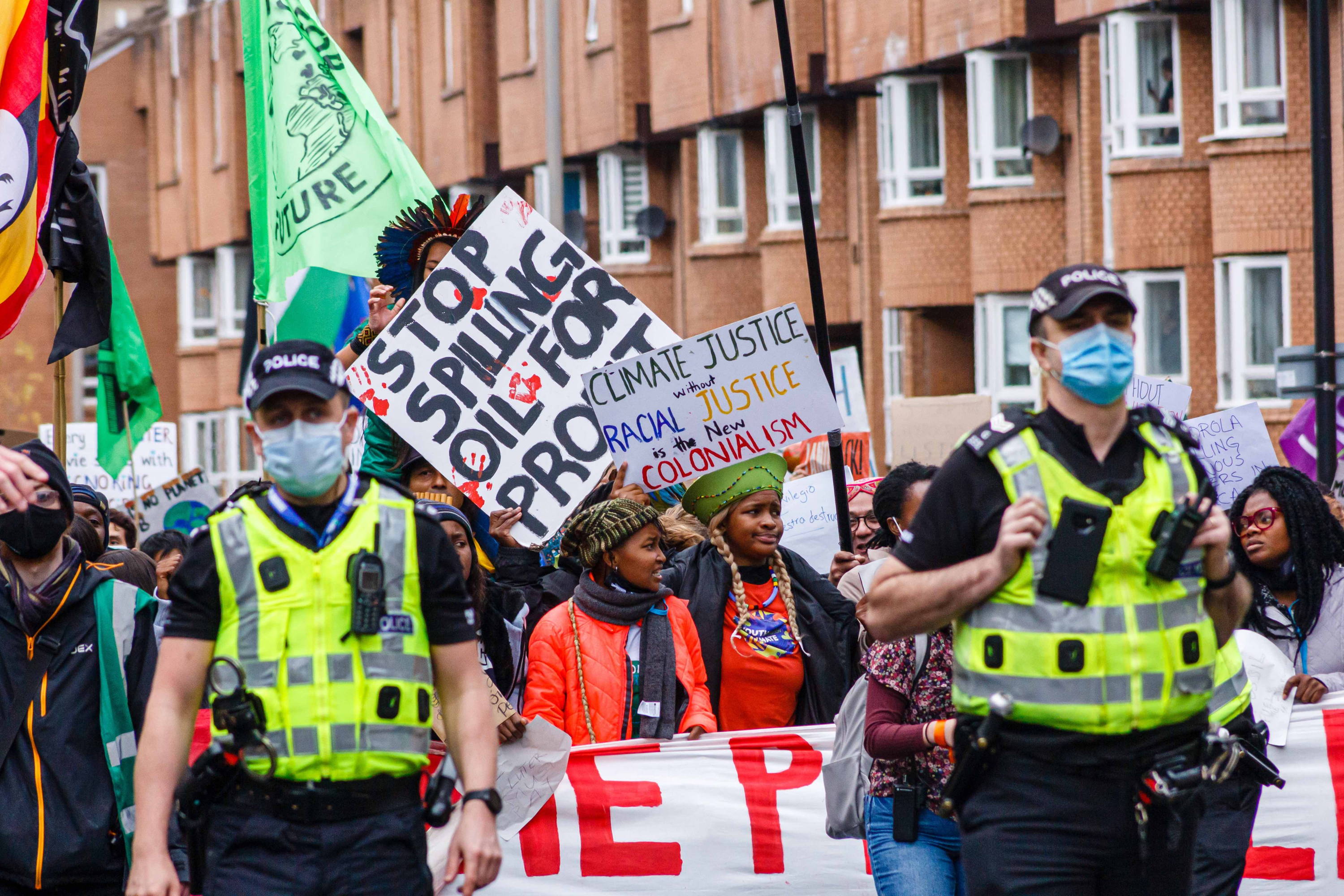
image: Climate activists in Glasgow/Shutterstock
Goal 13: Support the climate youthquake
Youth climate protesting used to simply mean skipping school to strike - and very effective that is, too - but as a generation of Gen Z activists mature, so do their methods of making a difference. Mikaela Loach, who fits her activism and recording her successful podcast around her 4th year studying medicine at Edinburgh University, is one of three claimants who recently made the bold move to take the UK Government to court for giving unlawful tax breaks to oil companies. The results of the group’s Paid To Pollute hearing are expected in the coming weeks.
Goal 14: Believe in the blue economy
The ocean is vital for all life on Earth, from acting as a carbon sink to providing a home for the marine ecosystems we rely on to keep our planet in balance. The UN Environment Programme advocates for a ‘blue economy’, one that protects the ocean and its dependent communities while providing sustainable livelihoods and food sources. Top of the blue economy’s to-do list is decarbonising the shipping sector, which is responsible for 3% of global carbon emissions; several projects across the world are testing how hydrogen could be used to power a low-carbon shipping industry of the future.
Goal 15: Plant more and more trees
We all know trees are vital when it comes to combating the climate crisis, which is why we've set ourselves a target to plant 1.5 million trees by 2025, reforesting 1,400 hectares of land. For every one of our recycled #TOGETHER products sold, we plant at least one tree. The most important part of planting trees is to pick the right species in the area that needs it the most, to improve biodiversity and support the livelihood of communities. That’s why we work with Tree-Nation to select native trees to plant in our #TOGETHERBAND forests in Nepal, India and beyond.

image: a forest in Nepal/Shutterstock
Goal 16: Make peace a priority
No doubt we’d all wish for world peace for obvious reasons, but did you know that countries enduring war are also less well equipped to deal with the climate crisis? According to the International Committee of the Red Cross, people living in conflict zones are among the most vulnerable to the climate crisis and most neglected by climate action. It’s only by working together, negotiating and striving for peace that we will truly be able to protect both people and the planet.
Goal 17: Ask world leaders to partner up
COP27, which is being held in Egypt in November 2022, will be even more crucial than COP26 if we are to limit global warming to 1.5ºC. There are already fears that civil groups - who played a huge role in Glasgow 2021 - will be unable to protest in Sharm el-Sheikh because of Egypt’s strict authoritarian regime. Meanwhile, many have praised the choice of an African country as host because climate finance, adaptation, and loss and damage are of particular importance to Africa, home to many of the people who are most vulnerable to the impacts of climate change. Either way, the partnerships and agreements made at the summit will ultimately shape the future of our climate.
This article was originally published in 2021 and has since been updated.
100% of profits from the sales of #TOGETHER products go to charities that advance the Sustainable Development Goals. Find out more here.
